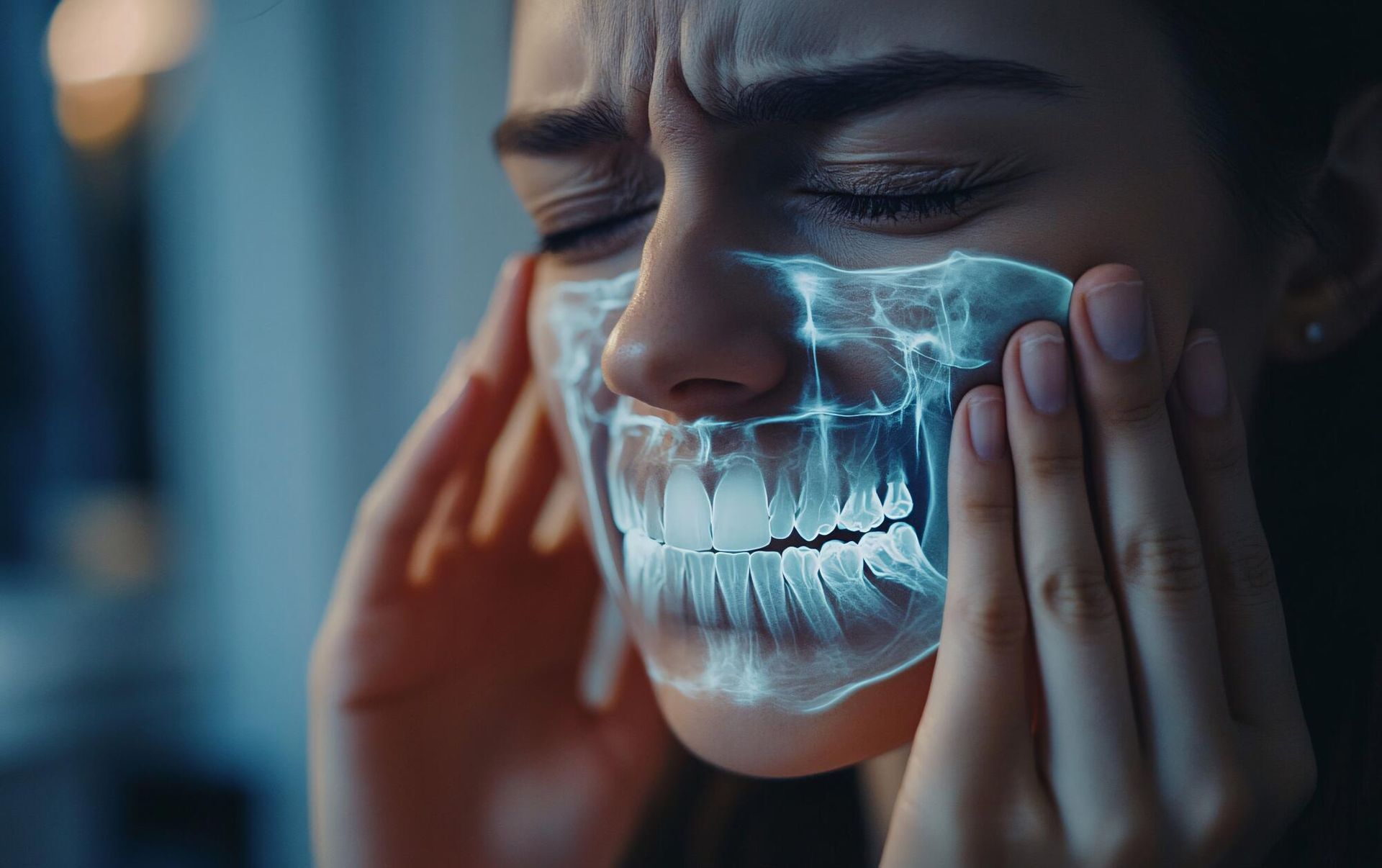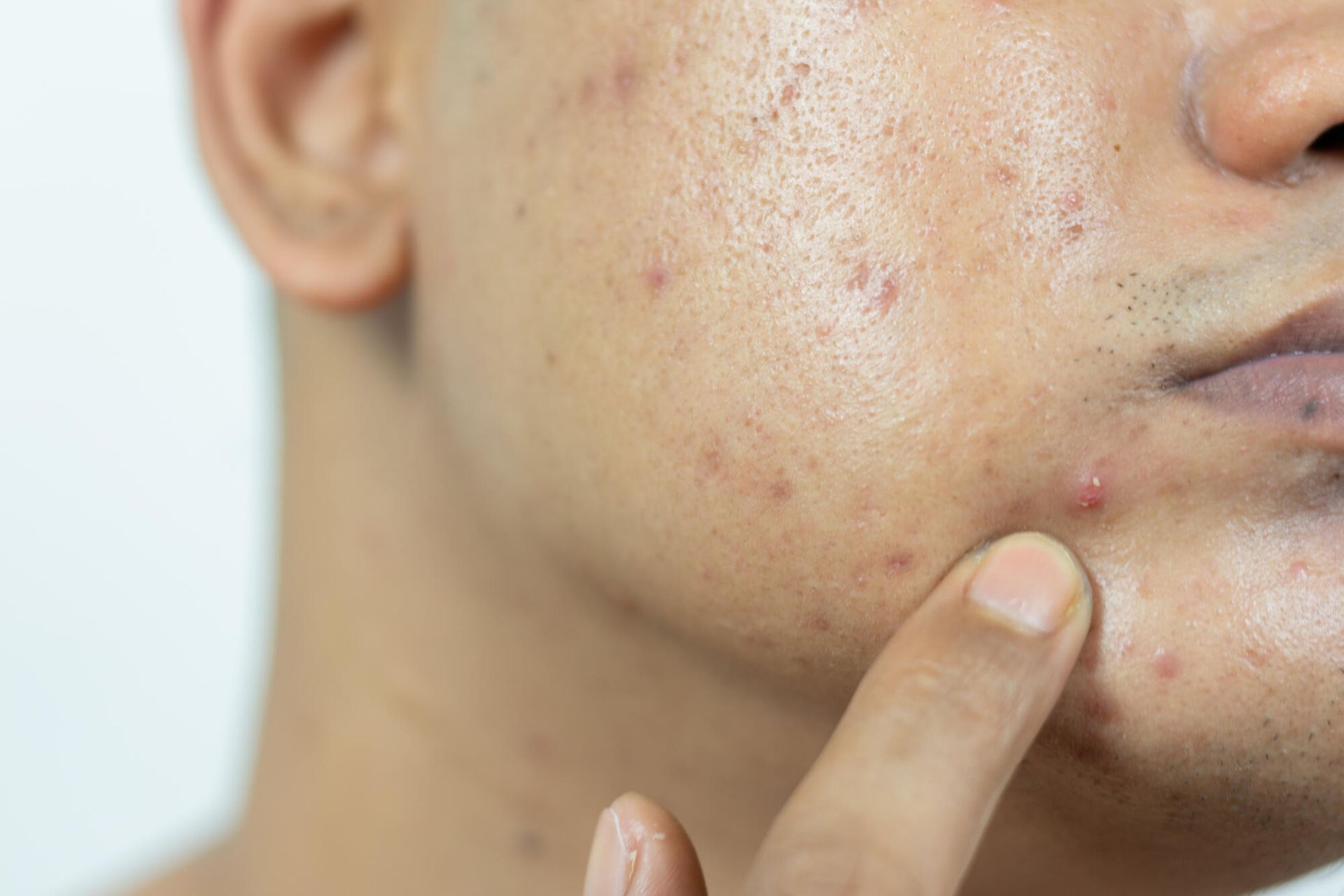The Link Between Sleep Bruxism Severity and TMJ Disorder Outcomes

Sleep bruxism is a condition in which people grind or clench their teeth while sleeping. According to the NIH, over 22% of people worldwide have it. Many people do not realize they have this problem until they experience pain or dental issues.
One of the most significant concerns with sleep bruxism is its connection to temporomandibular joint (TMJ) disorder. The strain caused by grinding can lead to jaw pain and other serious complications.
Understanding how the severity of sleep bruxism affects TMJ disorder is essential. Read on to learn more about bruxism and TMJ.
Understanding Sleep Bruxism
Sleep bruxism is an unconscious habit that occurs while a person is asleep. It often involves forceful grinding or clenching of the teeth. This habit puts major pressure on the teeth and jaw muscles, leading to wear and tear over time. Some people with bruxism wake up with the following:
• Sore jaw muscles
• Headaches
• Sensitive teeth
Others may not notice any symptoms until their dentist finds signs of damage.
The precise cause of sleep bruxism isn't always clear. Stress and anxiety are common triggers. Some people grind their teeth due to misaligned teeth or bite problems.
Certain medications, caffeine, and alcohol consumption can also increase the risk of bruxism. If left on its own, this condition can cause more serious oral health problems, including TMJ disorder.
What Is TMJ Disorder?
The temporomandibular joint (TMJ) is affixed to the skull's lower jaw. It allows the jaw to move in a smooth manner when:
• Eating
• Speaking
• Yawning
TMJ disorder occurs when there is inflammation, irritation, or damage to this joint. This can cause pain and limit jaw movement.
People with TMJ disorder may experience:
• Jaw pain
• Clicking or popping sounds
• Difficulty opening or closing one's mouth
Some may also have headaches, ear pain, or facial discomfort. In severe cases, the jaw may lock or feel stuck in one position.
Sleep Bruxism Effects
There's no denying a link between TMJ and bruxism. The repetitive grinding and clenching from bruxism can put excessive strain on the TMJ.
Over time, this stress can cause inflammation and pain in the jaw joint. The more severe the bruxism, the higher the risk of developing TMJ disorder.
On the other hand, having TMJ disorder can make bruxism worse. When the jaw joint isn't working well, people may grind their teeth more in an attempt to find a comfortable position. This cycle of grinding and joint irritation can make symptoms more severe.
How Bruxism Severity Affects TMJ Disorder Outcomes
The severity of bruxism plays a major role in determining the impact on TMJ disorder. People with mild bruxism may not experience significant jaw pain or damage. However, those with moderate to severe bruxism are more likely to develop TMJ problems.
Severe bruxism can lead to muscle fatigue, joint inflammation, and damage to the cartilage in the TMJ. It can also cause uneven pressure on the jaw, leading to misalignment and worsening pain. The longer bruxism continues without treatment, the greater the risk of permanent TMJ damage.
TMJ Disorder Symptoms to Watch For
People with TMJ disorder often experience a variety of symptoms. The most common sign is pain or tenderness in the jaw. This pain may be small initially but can become far more intense over time.
Some people hear clicking or popping sounds when they move their jaw. Others may notice that their jaw feels stiff or difficult to open and close.
Headaches often start near the temples or around the jaw and may feel like tension headaches. Some people also experience ear pain or a sensation of fullness in the ears. These symptoms can be mistaken for an ear infection, but they are actually caused by problems in the jaw joint.
If any of these symptoms occur frequently, it is important to get professional help.
Bruxism Treatment Options
There are several ways to treat bruxism and reduce its effects on the jaw. One of the most effective treatments is wearing a custom-made mouthguard.
Worn at night, this device protects the teeth and also reduces jaw pressure. It can prevent further damage and help relieve jaw pain.
Stress management is another important treatment option. Since stress and anxiety can trigger bruxism, relaxation techniques can help reduce grinding. Deep breathing, meditation, and therapy can all be beneficial.
Some people may benefit from medications such as muscle relaxants or anti-anxiety drugs. In more severe cases, botulinum toxin injections may be used.
Reducing caffeine and alcohol can help decrease instances of grinding. Avoiding chewing gum and eating softer foods can also reduce strain on the jaw. Making these changes can help prevent bruxism from worsening and reduce TMJ symptoms.
TMJ Relief Methods
Treating TMJ disorder often involves a combination of therapies. One of the most effective methods is jaw exercises. Gentle stretching and strengthening exercises can help a lot.
Applying heat or cold packs is also wise. Heat can relax tense muscles, while cold can reduce inflammation. Alternating between heat and cold may be the best approach for some people.
Physical therapy may be recommended for people with severe TMJ pain. A physical therapist can instruct you on precise exercises to improve jaw movement and reduce discomfort.
In rare cases, surgery may be needed if other treatments do not work. However, most people find relief with non-invasive treatments.
Getting Professional Care at Dental Care Burke
If you suffer from sleep bruxism or TMJ disorder, professional treatment can make a big difference. At Dental Care Burke, we offer specialized care to diagnose and treat these conditions. Our team provides custom mouthguards, stress management techniques, and other effective treatments to protect your teeth and relieve jaw pain.
We use cutting-edge tools to assess the severity of bruxism and TMJ disorder. Our custom treatment plans provide long-term relief and improve overall oral health.
It's Time to Solve Both Bruxism and TMJ
Now that you know about the connection between bruxism and TMJ, you can take measures to solve it.
Dental Care Burke is here to help. Dr. Bernard Lynch has his DMD and FAGD and has recently won an LVI Fellow distinction. He's even become a Fellow in the Academy of General Dentistry, which only 1% of dentists have accomplished.
Are you ready to have a healthy smile? If so, be sure to schedule a consultation with Dental Care Burke today.












